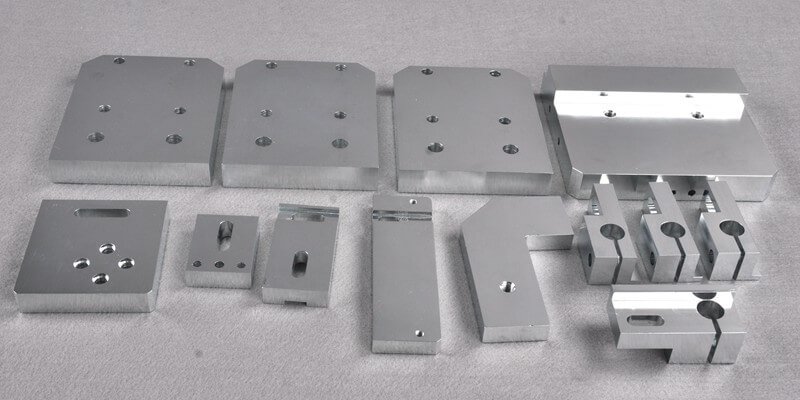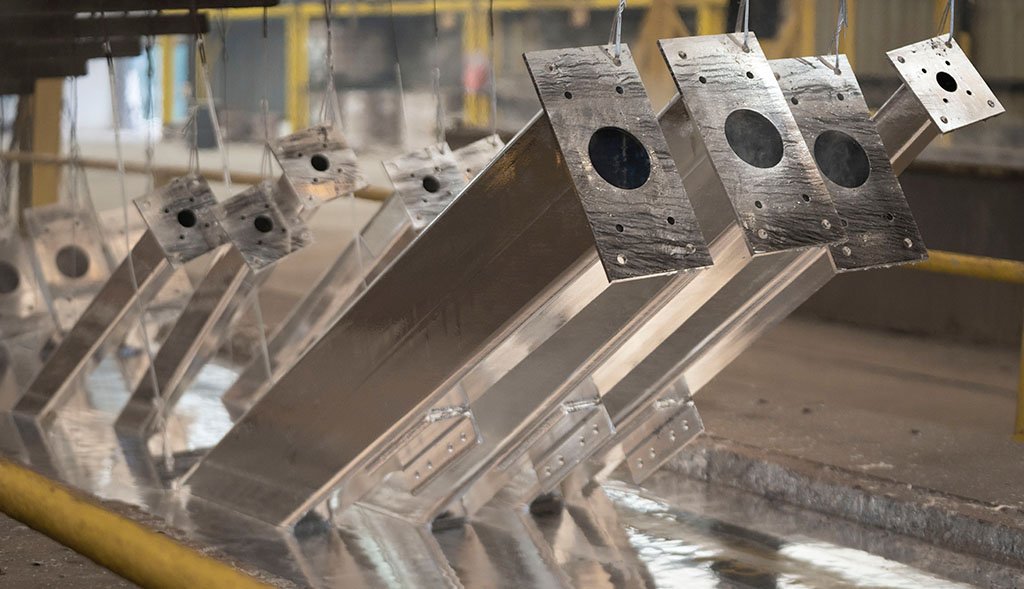Galvanization is a process of coating metals with zinc to protect them from rust and corrosion. It has been widely used in construction and engineering. Galvanization not only increases the life expectancy of metal objects but can also give them an attractive aesthetic finish that makes them stand out. From bridges to cars, galvanized products are found everywhere in our everyday lives. In this article, we will explore the science behind galvanization and discover how it works.
What is Galvanization
Galvanization is a process of coating metals, such as steel or iron, with a protective layer of zinc. The zinc layer helps protect the metal from corrosion and rusting. Galvanization can be done by electroplating, hot-dipping in molten zinc, or spraying with zinc particles. The most common method used today is hot-dip galvanization, which involves dipping the metal into a bath of molten zinc.

Galvanized products are commonly seen in construction, automotive, and marine applications due to their increased durability in harsh environments. They are also widely used in the agricultural industry, where they are less prone to rust and corrosion than other types of metals. Galvanized products are also highly resistant to water damage and insect infestation, making them a popular choice for outdoor structures such as fences and gates.
Process and Steps Involved in Galvanizing
The galvanization process involves several steps that must be taken in order to ensure a successful outcome.
Firstly, the metal must be thoroughly cleaned of any dirt, grease, or other contaminants. This is done using solvents or abrasives and may require several passes of cleaning.
Then, the metal must be treated with a pickling solution to remove any oxide layers or other impurities.
Next, the metal is immersed in a zinc bath and heated until the desired thickness of zinc coating has been achieved. The temperature of the bath will depend on the type of metal being galvanized.
Finally, once the desired thickness has been achieved, the metal is cooled and the galvanized coating is complete.
Galvanization can be a time-consuming process, but it is necessary in order to ensure that the metal is properly protected against corrosion and rusting. Additionally, these steps are essential for creating a good bond between the zinc coating and the metal underneath.
Types of Galvanization
There are three main types of galvanization: hot-dip galvanizing, electroplating, and spraying.
Hot-dip galvanizing is the most common type of galvanization. It involves dipping the metal into a bath of molten zinc, which forms a protective coating on the surface. This process provides excellent protection against corrosion and rust.

Electroplating involves using an electrical current to deposit a thin layer of zinc onto the surface of the metal. This process is less expensive than hot-dip galvanizing, but it often has lower corrosion protection performance.
Spraying involves spraying zinc particles onto the surface of the metal. This process provides a similar level of protection as hot-dip galvanizing, but it is more labor-intensive and often has lower performance in terms of corrosion resistance.
Advantages & Disadvantages of Galvanization
Corrosion Resistance
The main advantage of galvanization is that it protects the metal against corrosion and rust. This is particularly important in outdoor applications, where the metal may be exposed to water, saltwater, and other corrosive agents.
Durability
Galvanized metals are also highly durable and long-lasting. It also helps to increase the lifespan of the metal, as it prevents the formation of corrosion and rust. The zinc coating acts as a barrier against abrasion, which increases the lifespan of the metal significantly. This makes galvanized metals an excellent choice for outdoor applications that require a long-lasting and durable material.
Water-damage Resistant
Galvanized products are also highly resistant to water damage and insect infestation, making them a popular choice for outdoor structures such as fences and gates.
Cost-efficiency
Additionally, galvanized products are often less expensive than other types of metals due to their increased durability. Additionally, the process can be automated, which further reduces costs.
Overall, galvanization is an effective way to protect metals from corrosion and rust, as well as increase their lifespan. It also provides excellent protection against water damage and insect infestation, making galvanized products a popular choice for outdoor applications.
One of the main disadvantages of galvanization is that it can produce a sharp zinc oxide coating, which can be harmful to humans if it comes into contact with the skin or eyes.
Additionally, it can be difficult to repair galvanized products, as they must be sanded, re-plated, or replaced completely.
Finally, galvanized products can sometimes be difficult to paint, as the zinc oxide coating can prevent paint from adhering properly. This can make it difficult to customize galvanized items with a different color or design.
Overall, while galvanization offers excellent protection against corrosion and rusting, there are some potential drawbacks to consider. It is important to weigh the advantages and disadvantages of galvanization before deciding which type of metal protection is best for your application.
Applications of Galvanization
Galvanized products are commonly seen in construction, automotive, and marine applications due to their increased durability in harsh environments.
Construction: Galvanized products are often used in construction as they can withstand harsh weather conditions and provide excellent protection against corrosion and rust.
Automotive: Galvanized products are also used in automotive applications, as they offer increased durability and protection against the elements. This makes them ideal for vehicles that will be exposed to rain, snow, or other harsh weather conditions.
Marine: Galvanization is also commonly used in marine applications, as it provides excellent protection against corrosion caused by salt water and other harsh elements. Additionally, galvanized products are highly resistant to water damage, making them ideal for boats and other marine vessels.
They are also widely used in the agricultural industry, where they are less prone to rust and corrosion than other types of metals.
Galvanized products are also highly resistant to water damage and insect infestation, making them a popular choice for outdoor structures such as fences and gates. Additionally, galvanized products can be used in a variety of indoor applications such as kitchen countertops and staircases.
Overall, galvanization is an effective way to protect metals from corrosion and rusting, as well as increasing their lifespan. It also provides excellent protection against water damage and insect infestation, making galvanized products a popular choice for both indoor and outdoor applications.
Conclusion
Shanghai Elue is a professional galvanization service provider in the industry for over 15 years. From construction to automotive, marine and agricultural applications, Elue offers a complete set of galvanization services that meet the highest standards of quality and safety. With their experienced staff, advanced equipment and competitive pricing, Elue is committed to offering superior galvanization solutions that exceed customer expectations.

